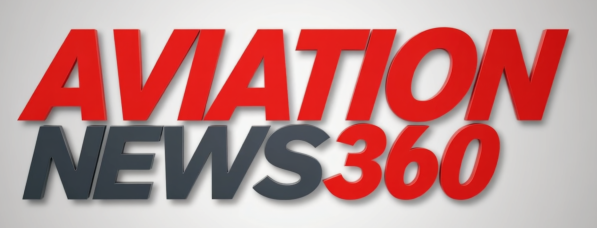[aviation news]
Before arriving in the U.S., electric vertical takeoff and landing (eVTOL) air taxis are expected to debut in the Middle East. This week, they moved one step closer.
Joby Aviation, developer of the piloted, four-passenger S4, on Monday announced it delivered its first air taxi to the United Arab Emirates. Joby has a six-year agreement with the Emirate of Dubai’s Road and Transport Authority (RTA) that it says gives it exclusive rights to operate an air taxi service in the area.
The company anticipates the UAE’s first passenger-carrying S4 flights in 2026, slightly later than the initial 2025 target it set when that deal was announced. But the air taxi is already flying without passengers. Joby on Monday said it completed several piloted transitions from vertical hover to wing-borne cruise flight—an essential capability that sets the eVTOL apart from helicopters and fixed-wing planes. It achieved the first crewed transition with a full-scale, tilt-propeller eVTOL prototype in April.
Mattar Al Tayer, director general and chairman of the RTA’s board of executive directors, was on hand for the series of test flights.
“The air taxi will introduce a new premium service for residents and visitors seeking smooth, fast, and safe travel to key destinations across the city,” Al Tayer said in remarks accompanying the announcement.
The S4 is designed for short-hop trips—such as from city center to airport—in urban areas like Dubai. The model could one day fly autonomously. But it will be piloted at launch and cruise at about 174 knots. Propulsion comes from four lithium-ion battery packs that power six propellers, which tilt forward or backward to support both vertical and cruise flight. It produces zero emissions and far less noise than a helicopter, according to Joby.
The company told FLYING that it anticipates its U.S. operations—beginning with aerial ridesharing services in New York and Los Angeles in partnership with Delta Air Lines and Uber —will come online following its UAE launch. SMG Consulting, which tracks eVTOL progress toward entry into service, forecasts that milestone in 2027. But the Middle East could serve as a dress rehearsal as Joby prepares for the final stages of FAA certification.
In Dubai, for example, Joby envisions a network connecting Dubai International Airport (OMDB) with the city’s marina, downtown, and Palm Jumeirah—an archipelago of artificial islands. It estimates that a trip between Dubai International and the Palm would take just 12 minutes, compared to about 45 minutes by car.
Those sites will be equipped with vertiports, or electrified takeoff and landing hubs. Joby in November broke ground on its first UAE vertiport at Dubai International and is working with partner Skyports to build more. In December, it partnered with executive aviation provider Jetex to install electric chargers at its terminals in Dubai and Abu Dhabi.
Beyond the agreement with Dubai’s RTA—the exclusivity of which has been called into question by Adam Goldstein, who leads competitor Archer Aviation—Joby is working with several local partners in Abu Dhabi, the Emirati capital. Both companies are members of the city’s Sustainable and Autonomous Vehicle Industry (SAVI) cluster, which is supporting the introduction of cutting edge transportation technology.
Elsewhere, Joby is planning an air taxi network in Saudi Arabia in partnership with Saudi Aramco subsidiary Mukamalah Aviation.
The company has teased a route connecting Abu Dhabi and Dubai, which would require approval from the UAE’s General Civil Aviation Authority (GCAA). In September, it began working with the regulator toward air operator certification, which would allow it to fly paying customers. The company has already obtained FAA Part 135 air carrier permissions. But it will need to type certify the S4 before it can use them.
Joby says its S4 test fleet, which comprises six aircraft, has racked up more than 40,000 flight hours. Two of those aircraft are stationed at Edwards Air Force Base (KEDW) in California, where the U.S. Air Force is evaluating their usefulness for the military. Joby said the flights in Dubai followed “nearly two years of hot weather trials” at Edwards that prepared it for scorching desert conditions. The S4’s cabin will be climate controlled and its systems engineered for extreme heat.
The company’s test campaign has included several piloted transition flights, simultaneous flight of two air taxis, and type inspection authorization testing of the S4’s tail structure—its first for-credit certification work with the FAA. In June, the regulator used the model to simulate how air taxis might fit into air traffic near Los Angeles International Airport (KLAX)—a key hub for both Joby and Archer’s planned networks.
More help from above could be on the horizon. Also in June, President Donald Trump signed a directive creating the eVTOL Integration Pilot Program (eIPP). The eIPP will study five air taxi projects, and the S4—as well as Archer’s Midnight—is a likely candidate for the campaign. A five-way agreement between the FAA and regulators in Canada, Australia, New Zealand, and the U.K., meanwhile, could help Joby quickly introduce the S4 in those countries once it is certified.
Like this story? We think you’ll also like the Future of FLYING newsletter sent every Thursday afternoon. Sign up now.
Share this content:

